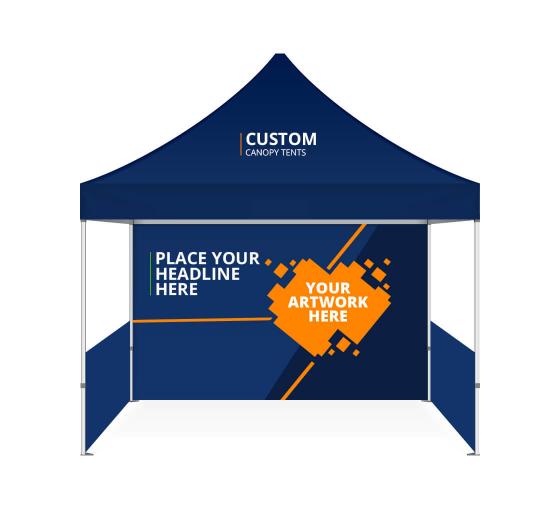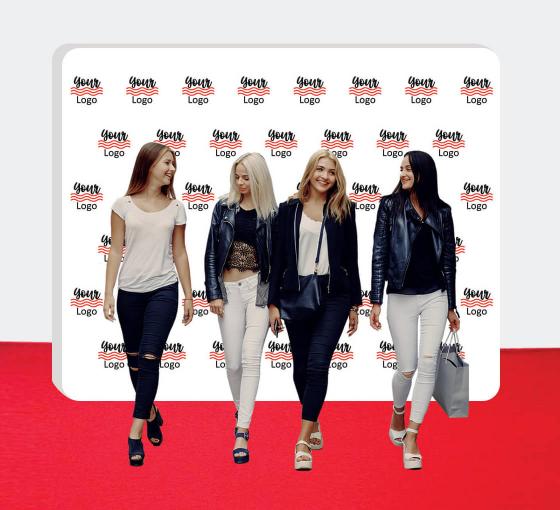
It’s the most important word for modern businesses: data. It’s through data we understand customers’ vitals, desires, preferences, and habits. If knowledge is power, data is its lifeblood. This couldn’t be more true than for small business owners. Without the high-powered spending of corporate behemoths, obtaining customer data can often mean the difference between survival and closure, between success and failure. But how to collect it and what do you do with it? There are many ways to go about this and several key factors to incorporate in understanding and activating that data.
Email Marketing
An average, expected CTR for Twitter, for example, is .5%. For an email, it is 3%. To look at it another way, according to the Search Engine Journal, the ROI of email marketing, on average, is 4,300%. Both of these numbers are massive. Your cost to design emails isn’t that much greater than designing digital ads and your ability to send a greater number of targeted emails will be cheaper. You’ll pay for the service of a company that will handle the logistics of your email campaigns and at this point, that service is fairly inexpensive. But first, you have to get the email address.
Out of Site!
Every visit to your site should be a data collection point. The number one piece of data you want most is their email address. Making emails work to their optimum level requires you to incentivize them. Sign up for your e-newsletter – and you do have an e-newsletter, yes? – and in return, they get a sizable discount on their next purchase. Or a free custom T-shirt. Or they are given notifications or access to new promos before anyone else. According to Digitalist Magazine, 65% of customers will gladly share their information in exchange for more targeted marketing. Purchases and feedback forms are also enormously helpful. These can be delivered at the time of online purchase or can be sent as a follow-up email. Most POS systems can connect a credit or debit card with an email address. Make sure yours can.
The Power of Social Media
Utilizing the social media platforms that are most conducive to reaching the audiences that fit your customer demographics is key. As a general rule, using just one platform isn’t enough to quickly generate and strengthen your presence and begin to cull that all-important data. Facebook, Instagram, Pinterest, Twitter – they all provide for their own niche in the social media landscape so by coordinating your strategy and communications based on demographics, you increase your social power and footprint. And guess what? It’s not expensive. In fact, you can do it for free on sites like Buffer. That’s critical for your brand messaging’s consistency and presence. Begin the conversation and offer incentives and rewards for deepening communication and connection. Discounts, freebies – you name it. Start a campaign wherein if they are one of the first 10 customers to identify a quote or saying on your outdoor vinyl banners they receive a grand prize. All they have to do is sign up or click the link.
You Only Get One First Sight
Every time someone sees one of your vinyl banners they should see your website address, email address, phone number, and street address. The colors, logo, layout – it should all be in the same design as your emails and website so there is continuity in your messaging. First and foremost it speaks to your attention to detail and professionalism, which are key to customer confidence. Just as importantly, continuity serves as a visual cue. It takes seven touchpoints for your marketing to make a lasting impression. It will most likely take more if your materials are all different and haphazard.
Pain, Pain Go Away
Your targeted marketing needs to focus on solving customer problems. Pain points reign supreme in creating actionable targeted digital content as well as banners, signs, decals, and all of your marketing materials. That means you need to highlight the benefits of your product or service versus the features. Just as branding defines what separates your company from your competitors, benefits are what separate your products or services. Remember, targeted marketing is about the customer, not about you. So focus on what they need and what problems you solve.
Are You Experiential?
Jimi Hendrix moves over. It’s not about experience anymore – it’s about being the experience. If you operate a brick and mortar store, it’s not enough to just have the goods. You have to be goods. Experiential in-store marketing is the difference between a customer connection and a customer stop. Your store needs to be the retail version of a carnival. Fill their senses. Music, essential oil mister, maybe brewing coffee, small taster items – perhaps even from a neighboring restaurant. Products they can touch and feel. Send them a digital or physical postcard that the customer brings in to be scanned to get their reward, discount, or promotional gift. Per Relevance Content Promotion News & Insights, innovative strategies like this are the keys to the promotional kingdom.


 Posted in
Posted in  Tags:
Tags: 



